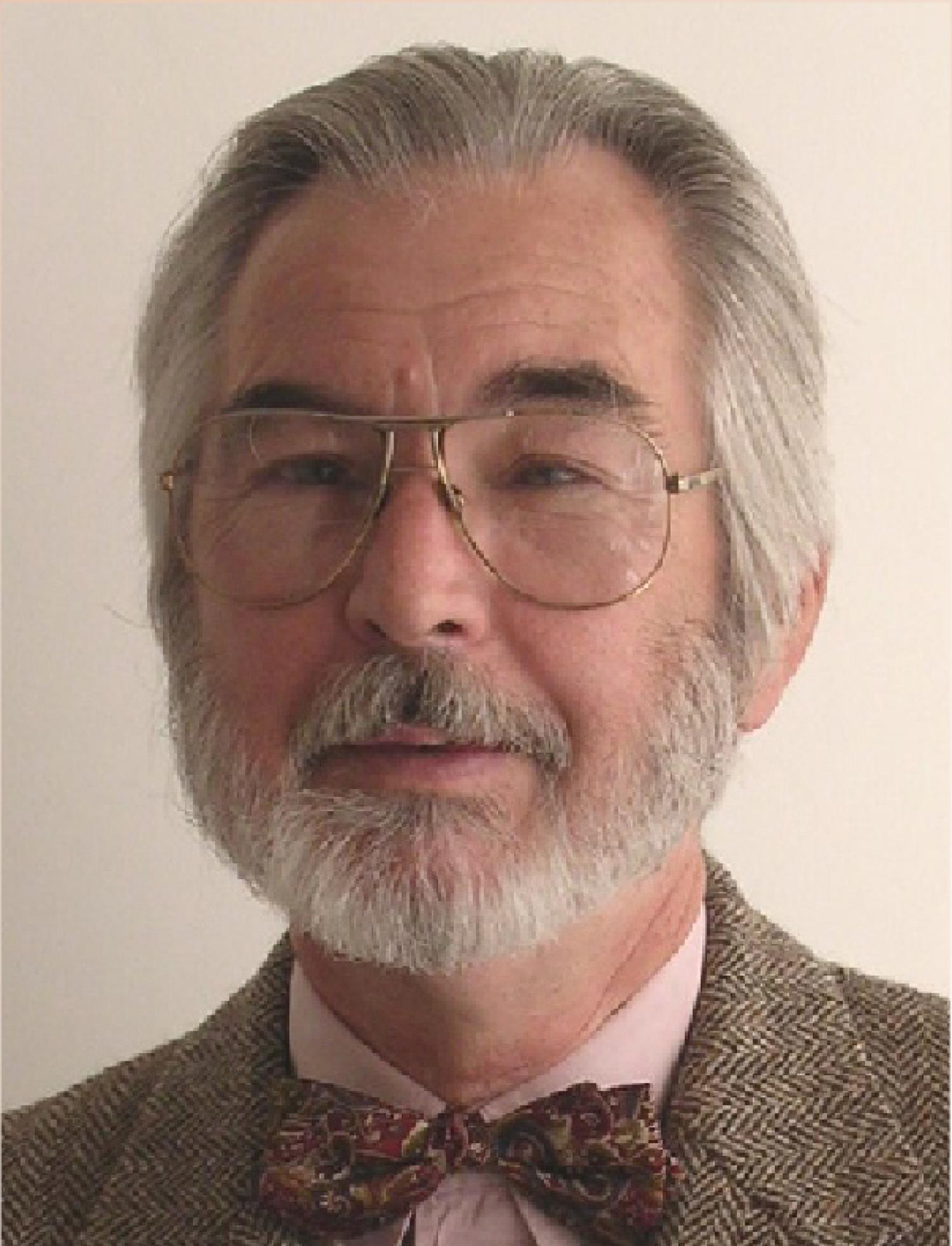James Hynes
- Distinguished Professor Emeritus
- CHEMISTRY

Office: Cristol 150
Education
Ph.D.: Princeton University, 1969
Postdoctoral Fellow: NIH Fellow at Massachusetts Institute of Technology, 1970
Awards: ACS Fellow 2013, Distinguished Professor 2012, National Academy of Sciences 2011, American Academy of Arts and Sciences 2008, ACS Hildebrand Award in Theory and Experiment of Liquids 2005, Hirschfelder Prize in Theoretical Chemistry 2004, ISI Highly Cited Researcher for 1980-1999, Catholic University Distinguished Alumnus Award 1988, University of Colorado Research and Creative Work Lecturer 1988,SERC Research Fellow at Oxford 1985, ACS Nobel Laureate Signat
Areas of Expertise
Biomolecules; Catalytic Reactions related to Solar Energy; Dynamics of Chemical Reactions and Energy Flow in Solution; and Theoretical Chemistry
R.Bianco, P. J. Hay and J.T. Hynes,"Theoretical Study of O-O Single Bond Formation in the Oxidation of Water by the Ruthenium Blue Dimer”, J. Phys. Chem. A, 115, 8003 (2011).
J.Malhado, R. Spezia and J.T. Hynes, « Dynamical Friction Effects on the Photoisomerization of a Model Protonated Schiff Base in Solution », J. Phys. Chem. A, 115, 3720 (2011).
I. Tunon and J. T. Hynes, “A Simple Model for Barrier Frequencies for Enzymatic Reactions”, ChemPhysChem, 12, 184 (2011).
D. Laage, G. Stirnemann, F. Sterpone, R. Rey and J. T. Hynes, « Reorientation and Allied Dynamics in Water and Aqueous Solutions », Annu. Rev. Phys. Chem., 62, 395 (2011).
S. Wang, R. Bianco and J. T. Hynes, « Dissociation of Nitric Acid at an Aqueous Surface: Large Amplitude Motions in the Contact Ion Pair to Solvent-Separated Ion Pair Conversion », PhysChemChemPhys, 12, 8241 (2010).
F. Sterpone, G. Stirnemann, J.T. Hynes and D.Laage, “Water Hydrogen Bond Dynamics around Amino Acids: the Key Role of Hydrophilic Hydrogen-Bond Acceptor Groups”, J. Phys. Chem B.114, 2083 (2010).
S.Wang, R. Bianco and J.T. Hynes, “Depth-Dependent Dissociation of Nitric Acid at an Aqueous Surface: Car-Parrinello Dynamics”, J. Phys. Chem. A, 113, 1295 (2009).
R. Rey, F. Ingrosso, T. Elsaesser and J. T. Hynes, “Pathways for H2O Bend Vibrational Relaxation in Liquid Water”. J. Phys. Chem. A, 113, 8949 (2009).
D.M. Koch, C. Toubin, G. H. Peslherbe and J.T. Hynes, “Theoretical Study of the Formation of the AminoAcetonitrile Precursor of Glycine on Icy Grain Mantles in the Interstellar Medium”, J. Phys. Chem. C, 112, 12972 (2008).
A. Mukherjee, R. Lavery, B. Bagchi and J. T. Hynes, "On the Molecular Mechanism of Drug Intercalation into DNA : A Simulation Study of the Intercalation Pathway, Free Energy and DNA Structural Changes", J. Amer. Chem. Soc., 130, 9747 (2008).


